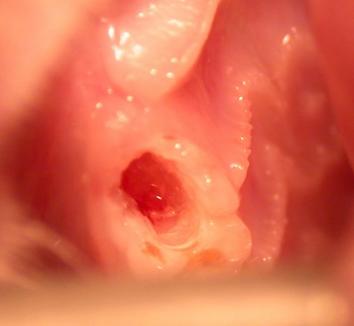Moms, dads and guardians, this should not be happening! It is very difficult to hear and read stories like this. There are many steps that we can take together to make your child's visit comfortable, educational and fun. A few standout steps are...
First, it's important to start familiarizing your child with the dental office at a young age. Often times the first few visits are short, fun and prize-filled (!), providing your child with an opportunity to associate these visits with a positive experience. For more about what to expect from your child's first visit, check out this entry from What to Expect.
Second, please try your best to not relate discomforting thoughts to your child. For instance, often parents may not realize they're conveying negative associations when saying: "Don't worry, nothing will hurt." or "We're seeing the dentist tomorrow. Don't cry." or (my favorite) "You better behave, or they'll give you a shot." I would recommend something along the lines of, "The dentist will count your teeth and you'll get to ride a really cool chair." Keep positive thoughts going!
Last (but certainly not least), no bribing or making promises! In order to build rapport between your child and the dentist, it's important that your child trusts the dentist entirely. Often when bribing (e.g. "You'll get a new toy after your visit."), the child subconsciously thinks that they have to ensure something negative in order to get the prize. And when promises such as "It's going to be really quick!" or "It's not gonna hurt, promise!" are broken, the child loses trust in both the parent and the dentist. Setting realistic expectations is imperative in building a long-lasting, positive relationship between your child and their dental visits.
As always, I am here for any questions or concerns.
To making kid-friendly masks less scary,
Dr. Lynda Tran
KaiDentistry.com





